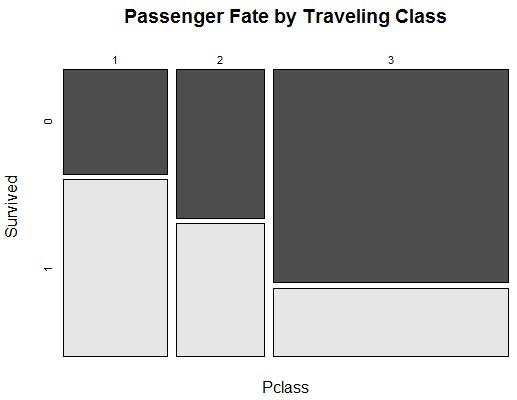Applied Machine Learning Lessons from A Case Study of Passenger Survival Prediction

Last Updated on August 22, 2019
A valuable exercise when learning and practicing machine learning is to study how others apply methods and solve problems. It’s valuable because you can learn about new processes, software, graphs, and algorithms.
But it is new ways of thinking about the process of solving problems with machine learning that is the most valuable part of the exercise.
In this post you will review Curt Wehrley approach for predicting passenger survival on the Titanic, a dataset used as the basis for a beginner Kaggle competition.
Curt uses R for his analysis and provides a logical approach to investigating the problem from which you can take away many lessons.
Kick-start your project with my new book Machine Learning Mastery With R, including step-by-step tutorials and the R source code files for all examples.
Let’s get started.
Study the Problem
Curt starts out by describing the problem. He links to resources such as the RMS Titanic Wikipedia entry and notes a few facts about the Titanic and the sinking event.
Rather than diving into the dataset, this demonstrates that Curt is thinking about
To finish reading, please visit source site